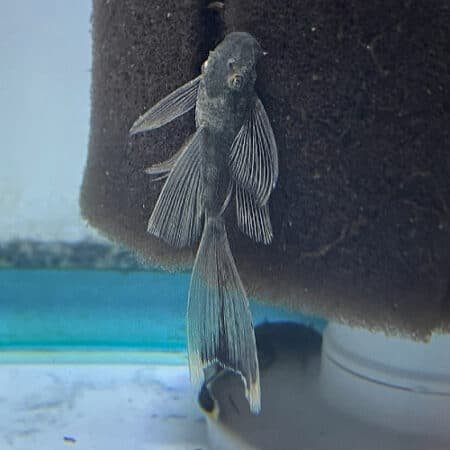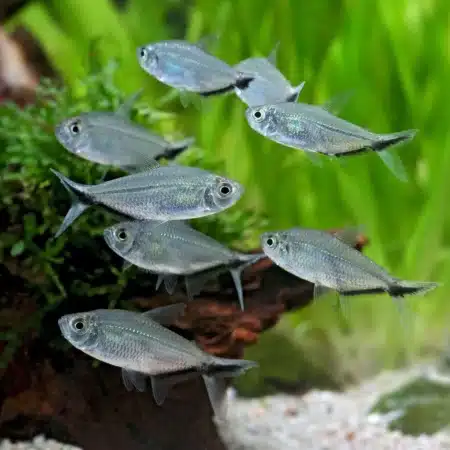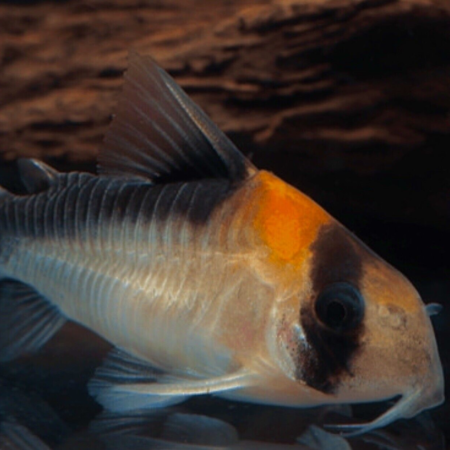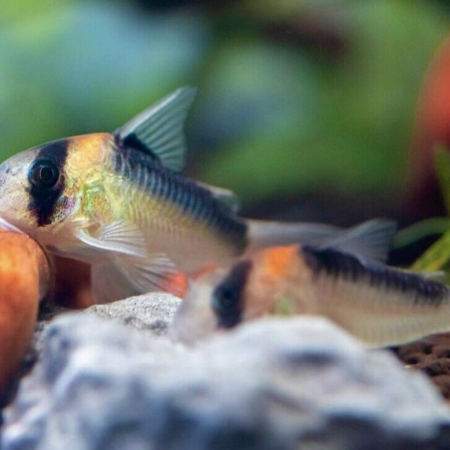-
×
-
×
-
×
-
×
-
×
Golden Eyes Vampire Crab - Geosesarma Sp. - Decapod Crustacean 1 × £8.71
-
×
6 X Black Phantom Tetras - Hyphessobrycon Megalopterus - South American Tetras (6), Beautiful Freshwater Fish, Easy Care Tetras Perfect for Beginners and Community Tanks, Stunning Companions for Planted Tanks 1 × £12.58
-
×
-
×
6 x Blackline Tail Tetra (Moenkhausia costae) 6 fish, Beautiful Schooling Fish for Tropical Freshwater Aquariums, Enhance Your Fish Tank with Colorful Companions That Thrive, Thriving Community Members for a Harmonious Aquarium 1 × £42.00
Subtotal: £251.48





 Golden Eyes Vampire Crab - Geosesarma Sp. - Decapod Crustacean
Golden Eyes Vampire Crab - Geosesarma Sp. - Decapod Crustacean  6 X Black Phantom Tetras - Hyphessobrycon Megalopterus - South American Tetras (6), Beautiful Freshwater Fish, Easy Care Tetras Perfect for Beginners and Community Tanks, Stunning Companions for Planted Tanks
6 X Black Phantom Tetras - Hyphessobrycon Megalopterus - South American Tetras (6), Beautiful Freshwater Fish, Easy Care Tetras Perfect for Beginners and Community Tanks, Stunning Companions for Planted Tanks 
 6 x Blackline Tail Tetra (Moenkhausia costae) 6 fish, Beautiful Schooling Fish for Tropical Freshwater Aquariums, Enhance Your Fish Tank with Colorful Companions That Thrive, Thriving Community Members for a Harmonious Aquarium
6 x Blackline Tail Tetra (Moenkhausia costae) 6 fish, Beautiful Schooling Fish for Tropical Freshwater Aquariums, Enhance Your Fish Tank with Colorful Companions That Thrive, Thriving Community Members for a Harmonious Aquarium 



















Emily Carter (verified owner) –
As a passionate aquarium hobbyist, finding the right tools is crucial for maintaining a healthy environment for my fish. I recently purchased Adolfo’s Cory Corydoras Adolfoi Hardy Aquarium Planted Catfish Gravel Cleaner, and I couldn’t be happier! After just a week of use, I noticed a significant difference in my tank’s cleanliness. The soft bristles are gentle on my precious Adolfo’s, ensuring they can scavenge without any harm. This gravel cleaner excels in its ability to get into those tight spaces between plants, which is often a challenge with other products I’ve tried. I’ve used similar tools before, but this one stands out due to its thoughtful design and effective suction power. Shipping was prompt, and I appreciated the easy-to-follow instructions. If you’re looking to enhance your tank’s cleanliness while caring for your corydoras, this is a must-have! I highly recommend it for anyone dedicated to keeping their aquatic friends happy and healthy. Just a small tip: be gentle while using it to avoid scaring your fish too much! Overall, I would definitely buy it again.
Emily Carter (verified owner) –
As a caring fish parent, I’m always looking for ways to keep my aquarium healthy and thriving. After using Adolfo’s Corydoras gravel cleaner for about a month, I can confidently say it’s a game-changer! Not only does it make aquarium maintenance so much easier, but it helps keep the substrate clean and supports the growth of my lovely aquatic plants. I noticed a significant improvement in my water quality after just one week of regular use.
The ergonomic design makes it super comfortable to handle, and it efficiently siphons out debris without disturbing my cory catfish too much. I had previously used a basic gravel vacuum that always seemed cumbersome, but this tool is far more effective and gentle. My fish are visibly happier, and my tank looks pristine!
For those who have a community tank or planted aquarium, this is an essential tool. I highly recommend it to anyone who values the health of their fish and the beauty of their aquarium. Just a minor tip: be sure to clean it thoroughly after each use to maintain its performance. I will definitely buy this again and I’m excited to see how my underwater garden flourishes with this in my maintenance routine!